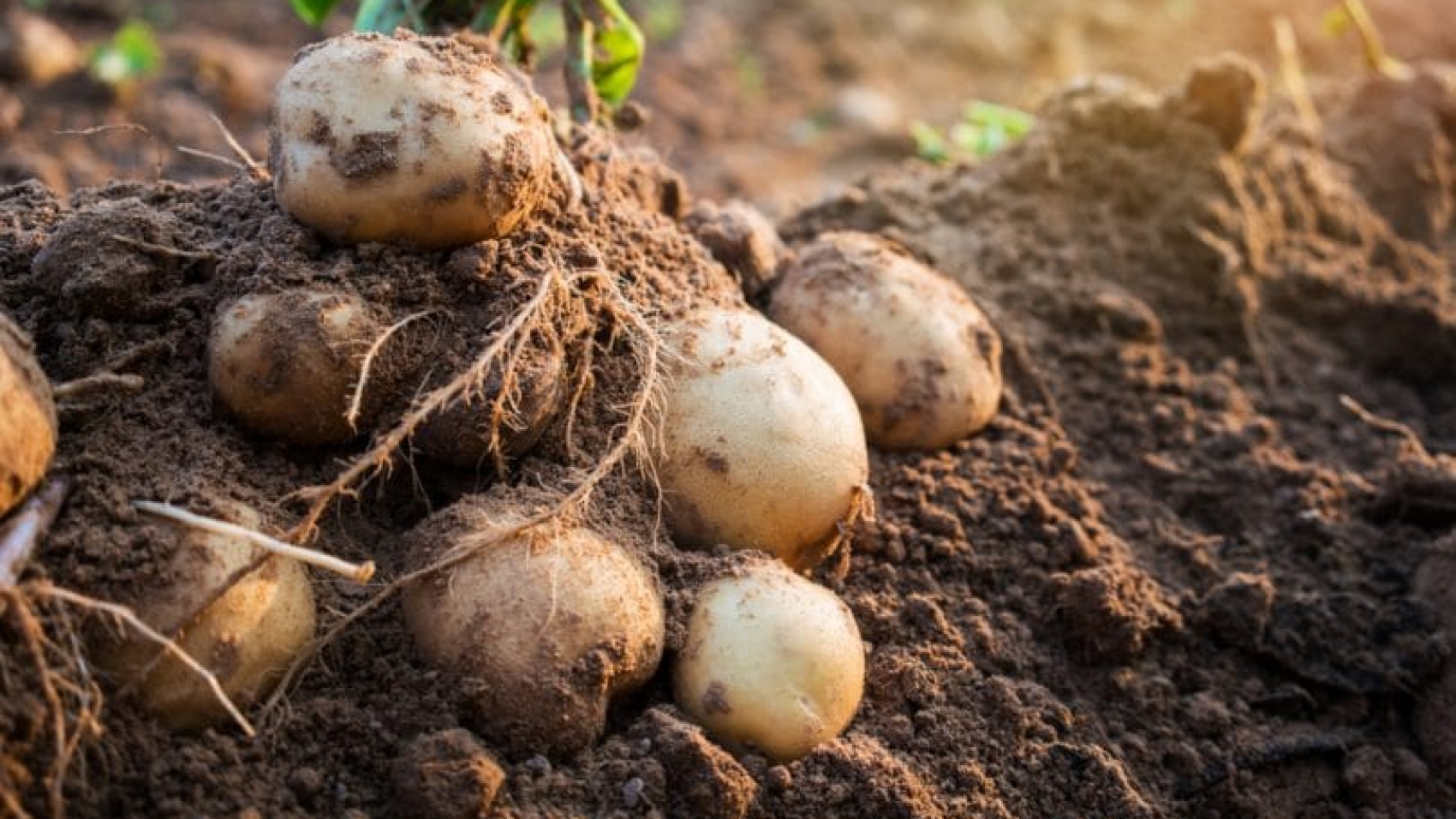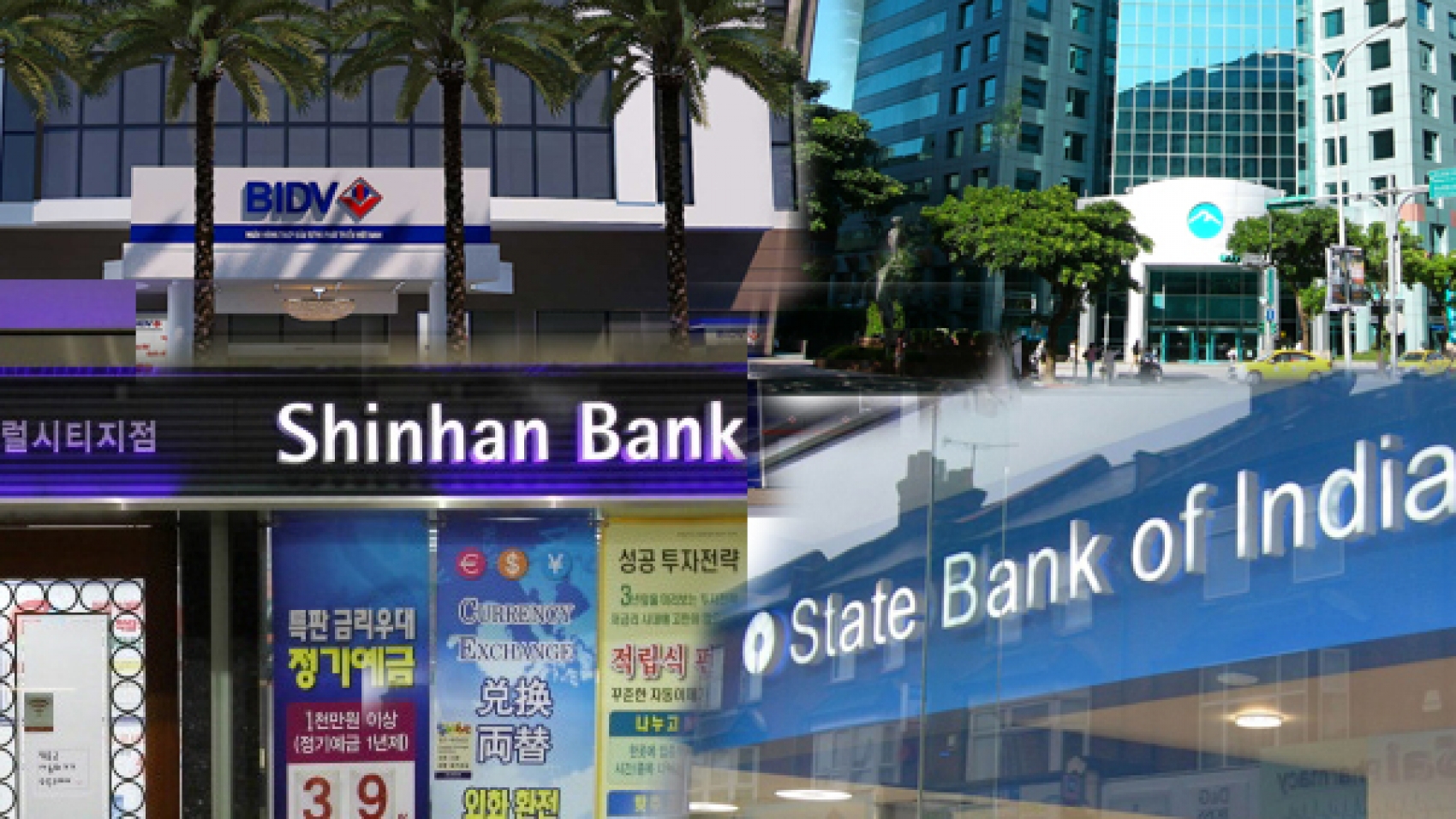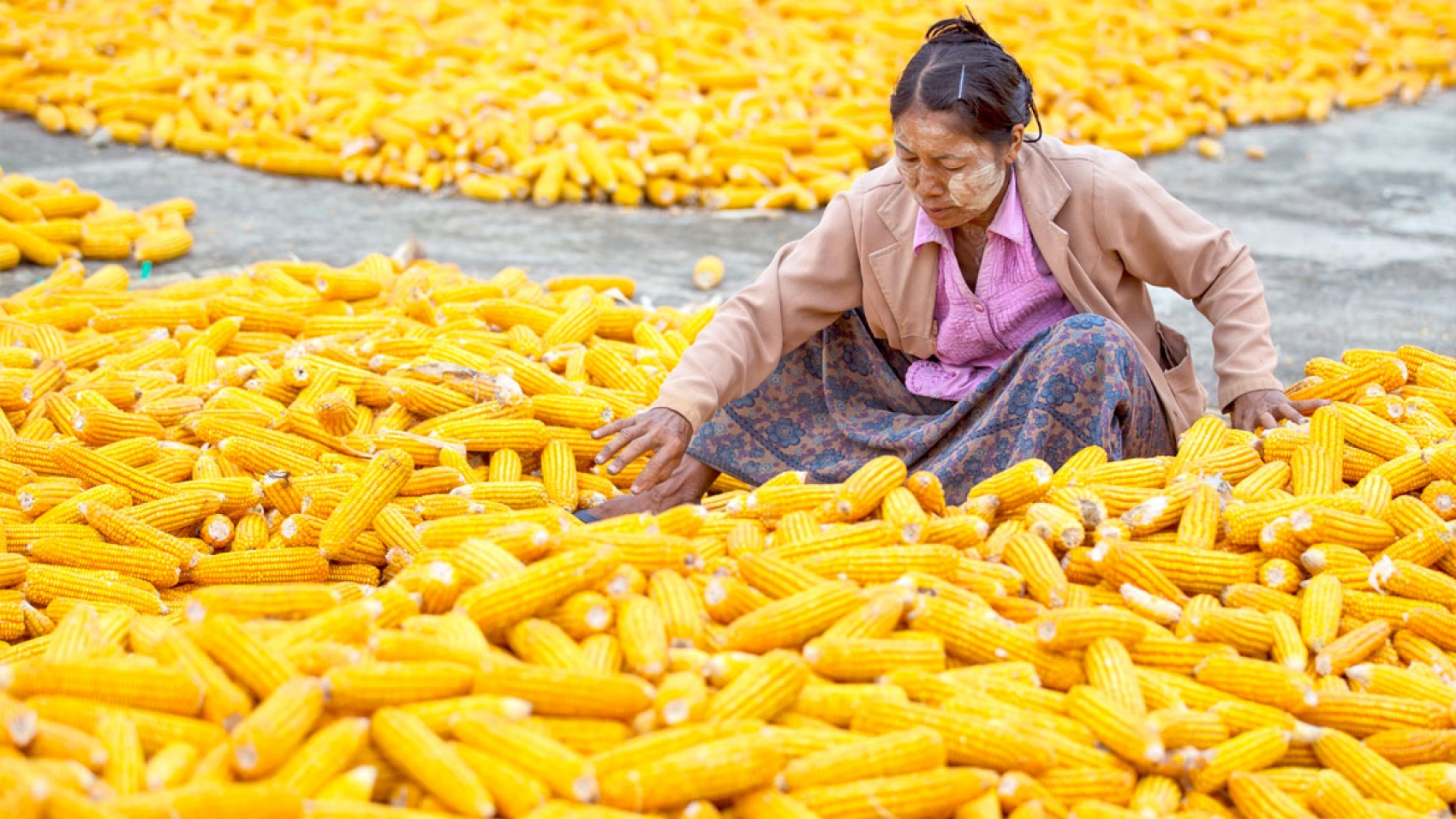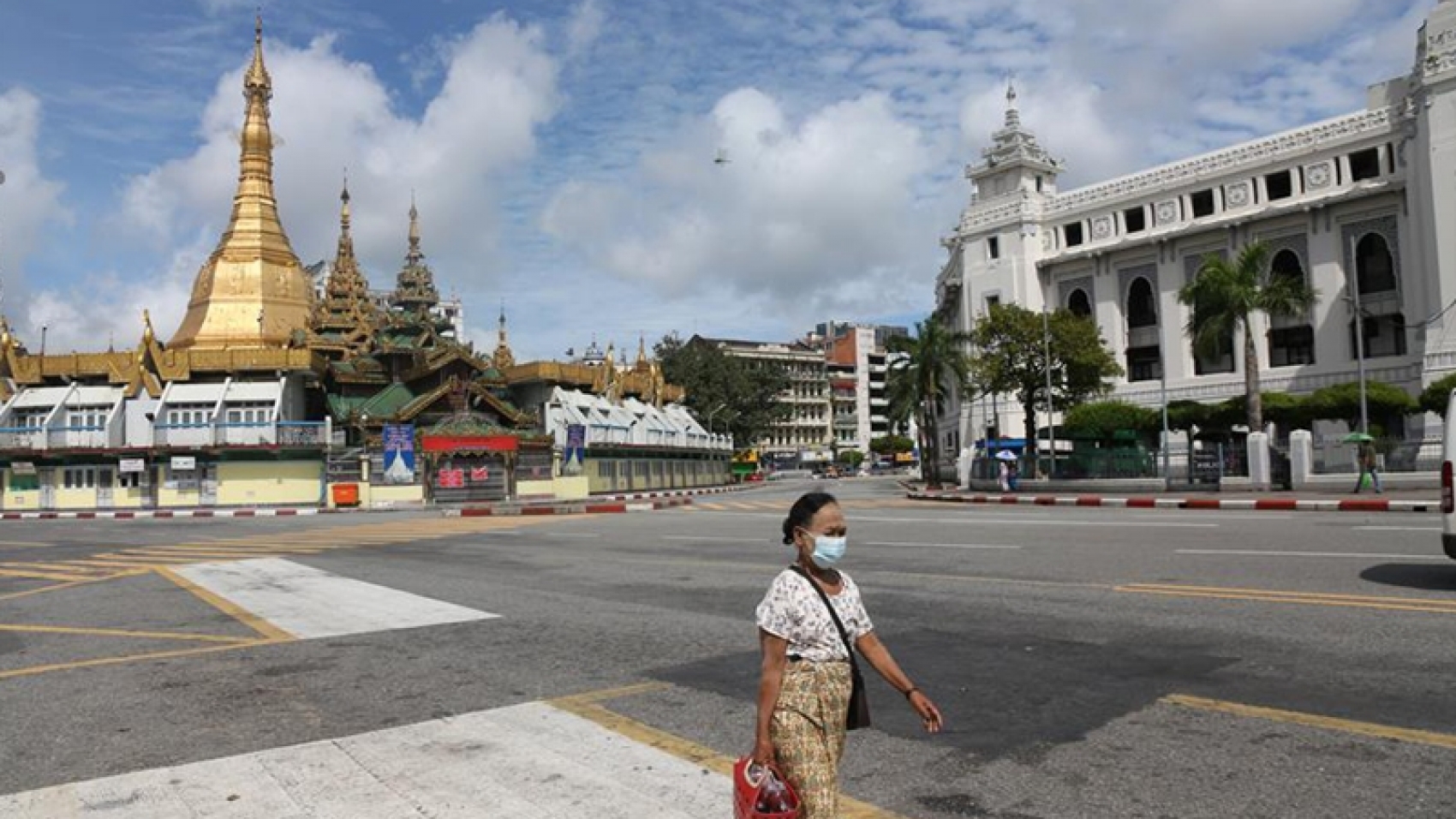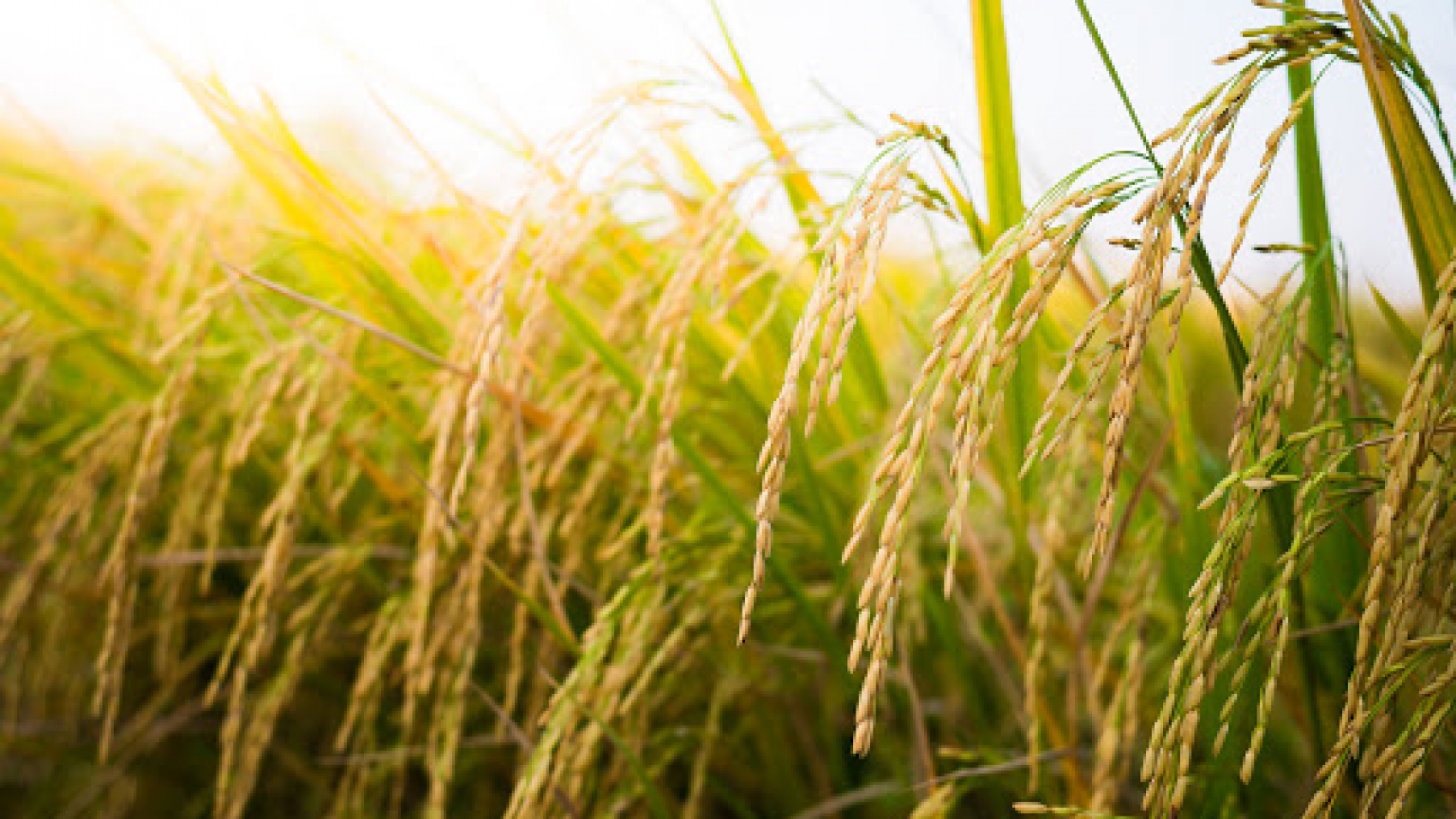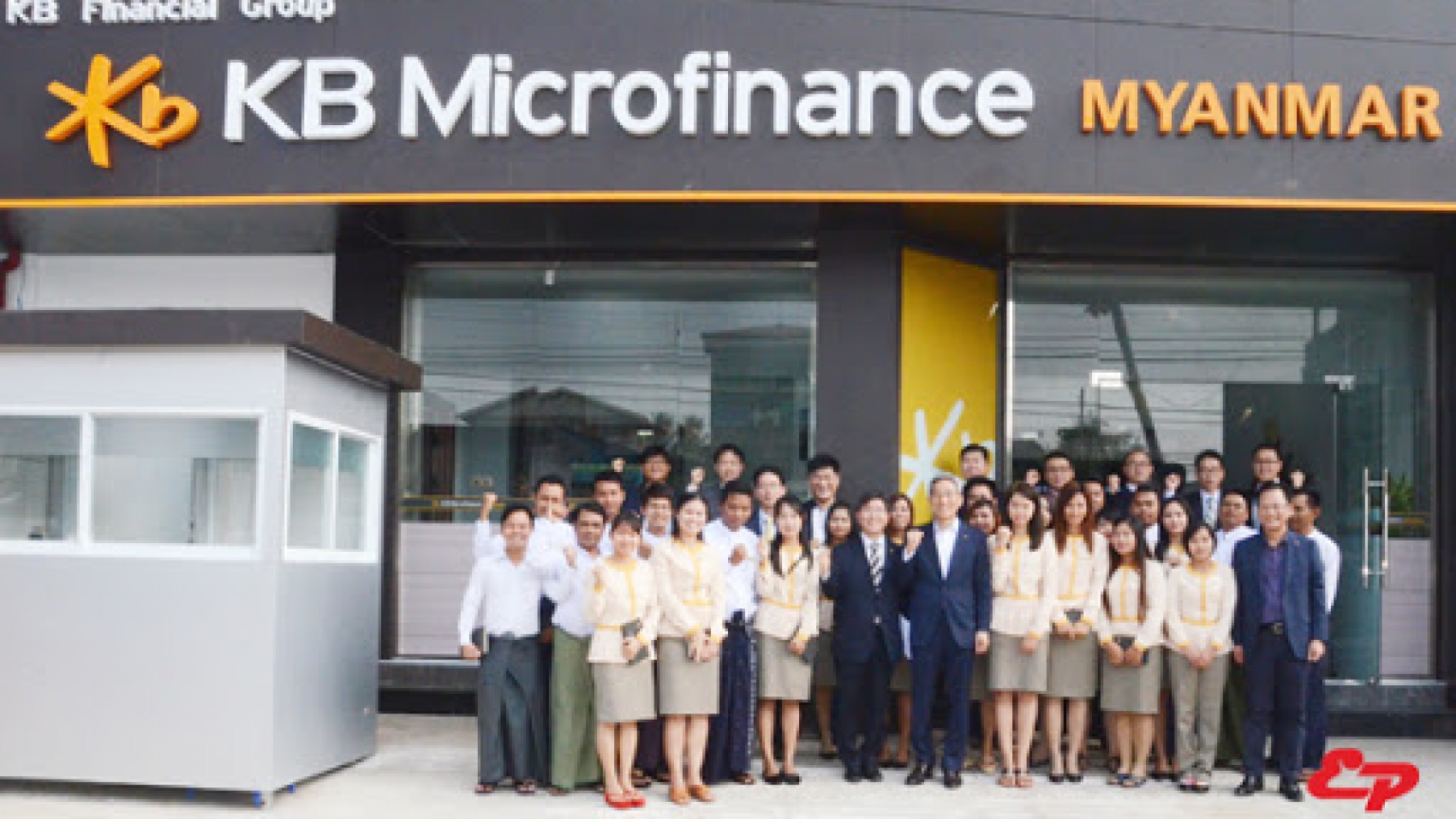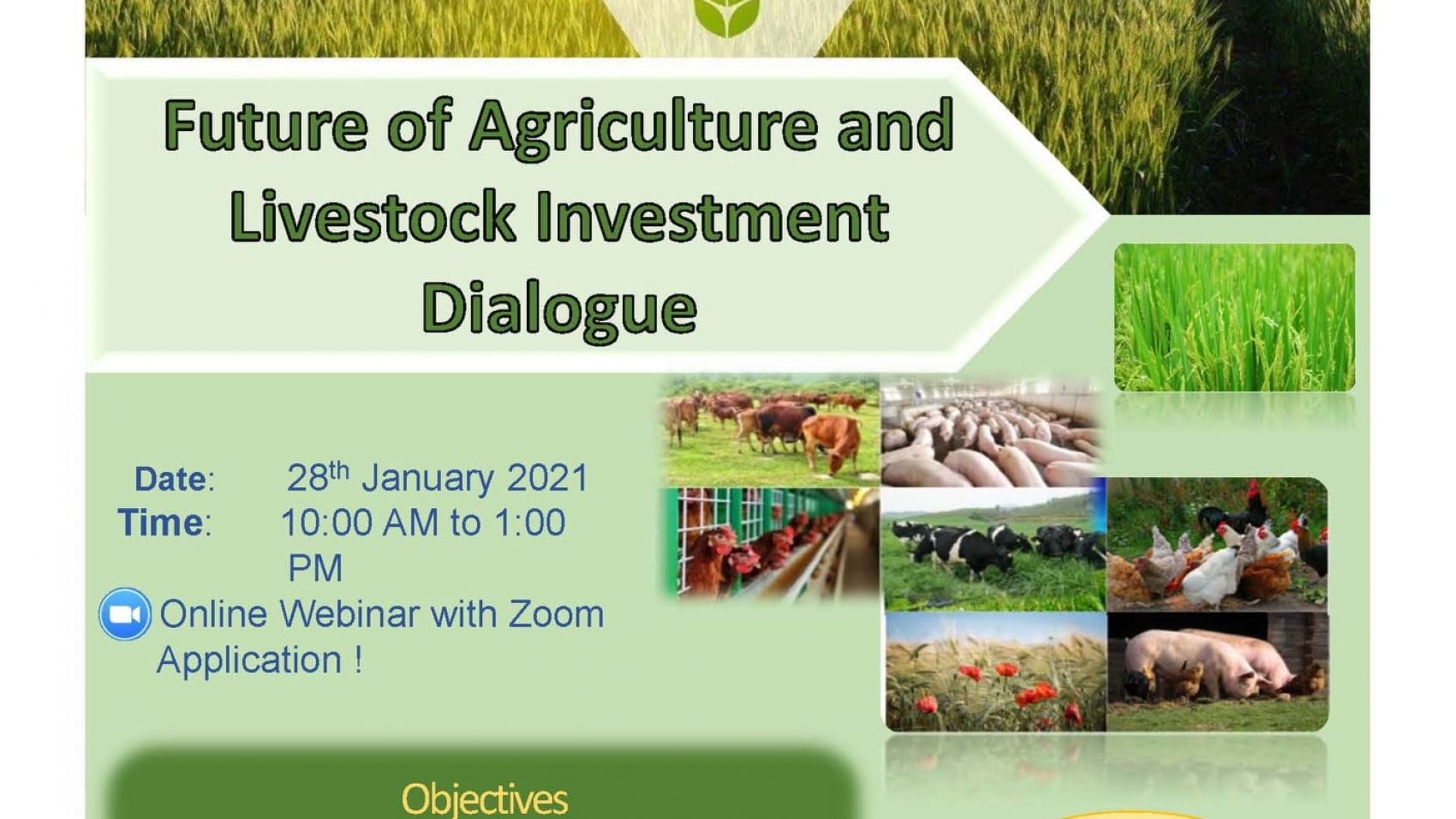The work coordination meeting regarding gold exports to Japan and appraisal was inaugurated at the One-Stop Service Centre (OSSC) on 5th floor of UMFCCI on 28 January, Yangon Region Gold Entrepreneurs Association (YGEA) stated. At the coordination meeting, Taw Win Myint Company conducted appraisals of the gold and jewellery which are designated for exports to Japan via air freight. The appraisal team assessed 13 gold items including earrings, rings, pendants and other designs at the OSSC. Myanmar’s gold export paused after a change in the payment system, and now it has returned to normal from July 2020.
As per the notification released by the Ministry of Commerce, starting from April, the international remittance for gold purchase has changed from Telegraph Transfer (TT) to Letter of Credit (LC). As a result of this, payment can take about two months, cost banking service changes by two sides, and increase the charges for security matter in transportation. Meanwhile, gold trading in the international market has also come to a stop due to volatile prices. The YGEA have already submitted a request for the resumption of the TT payment system to the Ministry of Commerce. Gold and other pieces of jewellery are primarily purchased by Japan and the ROK, and other tourists also buy them.
Myanmar gave greenlight to gold exports and imports in January 2018, with the aims to eradicate illegal trade, earn revenue for the country and maintain the market’s stability. The local gold market has become sluggish as the pandemic shut down the events like wedding and traditional festivals, gold traders pointed out. As the gold price is fast to spike yet slow to fall in the domestic market, the sellers exceed the buyers in the domestic gold market, traders said. At present, the old gold scrap and jewellery are refined into the pure gold bar. The raw material has not come from gold mining as the transportation restriction halted gold mining. Myanmar’s gold price is related to global rates. The domestic gold price rose to K1,336,000 per tical (0.578 ounces, or 0.016 kilogrammes) on 6 January 2021 when the gold price rallied to US$1,944 per ounce.
On 28 January 2021, the price showed downtick with K1,316,600 per tical while gold price slid into $1,837 per ounce in the global market. The daily transaction of 50 visses (a viss equals 1.6kg) of gold were earlier seen in the market. Now, about 5-10 visses are rarely traded per day, according to YGEA. According to gold traders, the domestic gold was priced with the minimum rate of K1,216,500 (1 July) and the maximum rate of K1,296,500 (27 July). The price moved in the range of, K1,286,500 on 13 August and K1,332,500 on 7 August. The local gold reached the lowest level of K1,310,500 (2 September) and the highest level of K1,314,000 (1 September). In October, the rate ranged between K1,307,800 (30 October) and K1,316,500 (21 October). The rate fluctuated between the highest of K1,312,000 (16 November) and the lowest of K1,278,000 (28 November). In December, the pure yellow metal priced moved in the range of 1,275,000 (1 December) and 1,333,000 (28 December).
Source: The Global New Light of Myanmar

